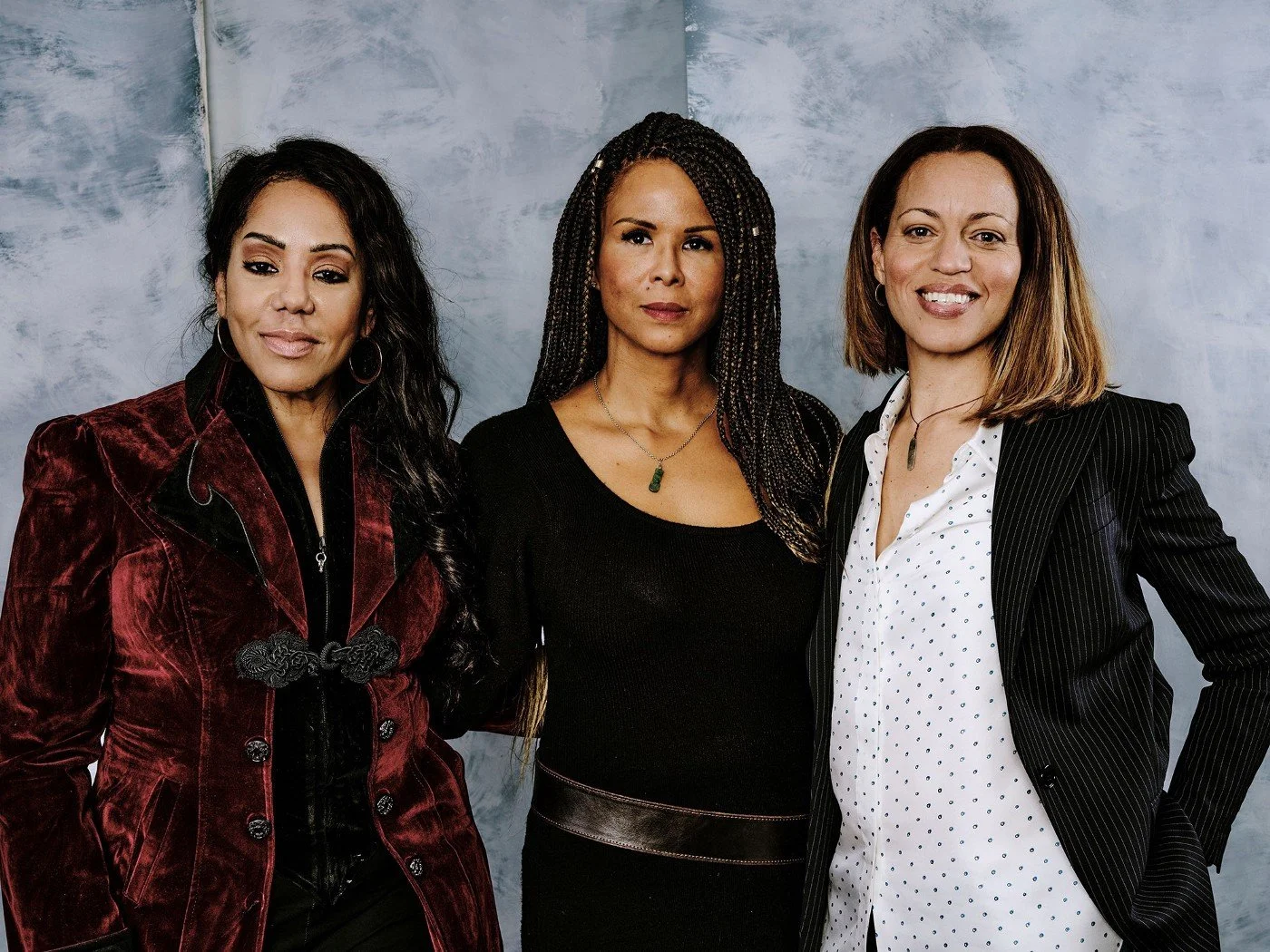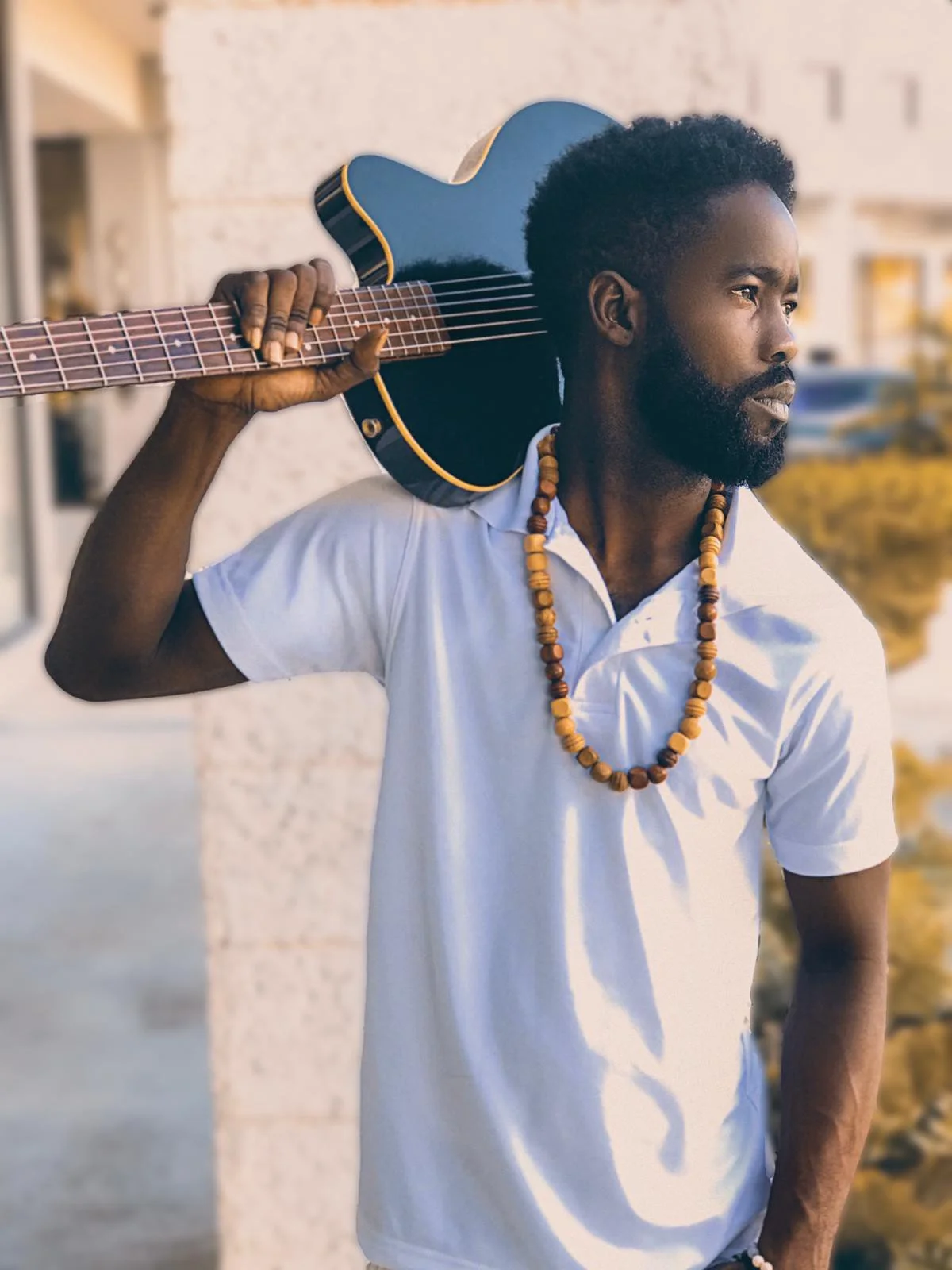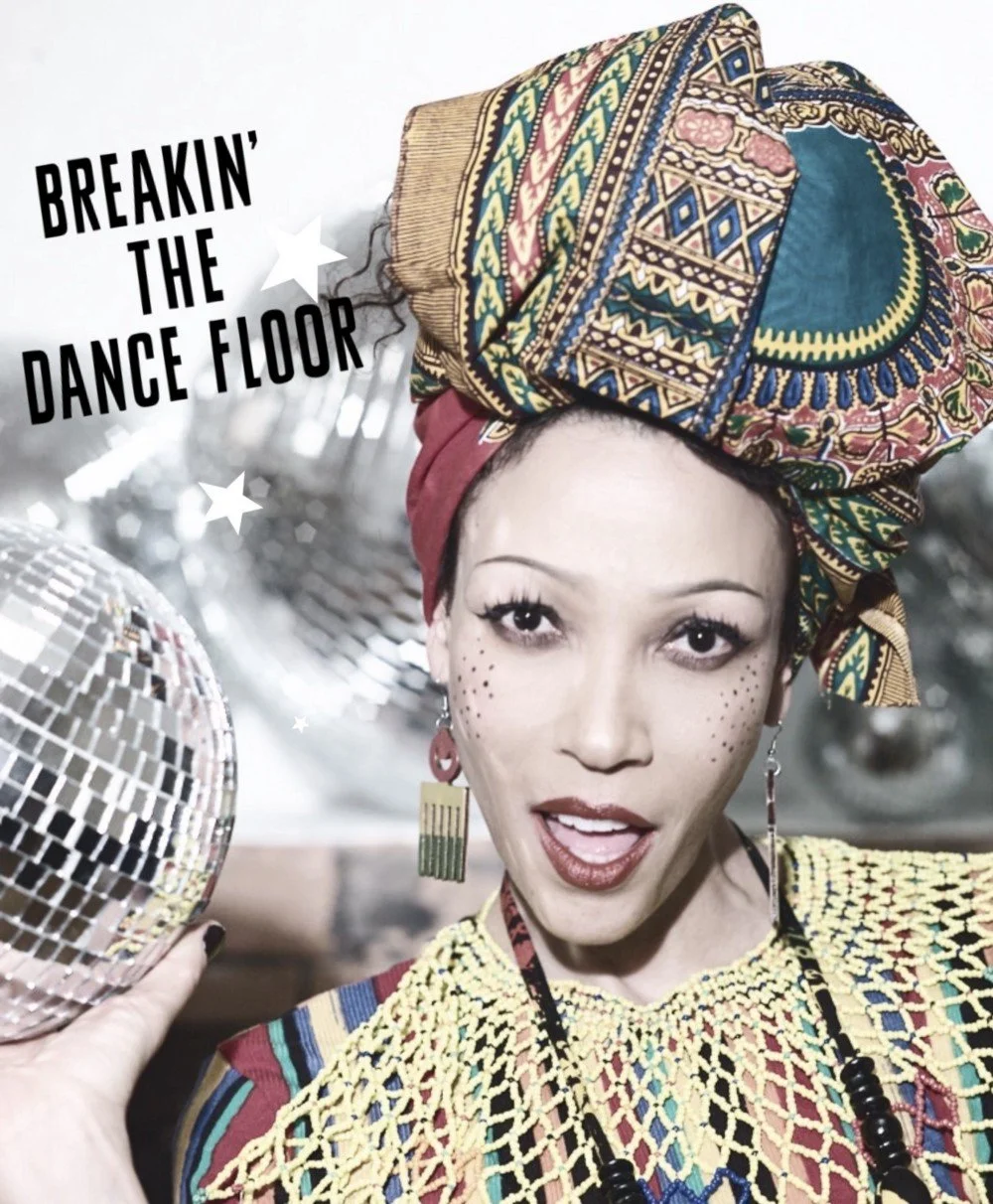‘Not Merely Fiction’: A Book Review of In Every Mirror She’s Black Through the Lens of Horror Noire
Author’s Note: This review contains spoilers, violent content and suicide trigger warnings.
When I opened the novel In Every Mirror She’s Black, I expected a story about three Black women galavanting around Sweden, and encountering ignorant questions about who they are and where they come from. I expected to learn a bit about how Sweden treats Black women and I was under no pretenses that it would be pretty. I thought it might be funny, in that bitter “what the hell” kind of way.
What I did not expect was the feeling of emptiness after finishing the book.
It felt like I had read a horror novel. Could this book fall into the “Horror Noire” genre?
In Noah Berlatsky’s review of the documentary Horror Noire: A History of Black Horror, he quotes scholar and novelist Tananarive Davis’ words: “ Black History is Black Horror.” Berlatsky goes on to explain that “the horror genre reflects and connects with African-American history.” Conversation in th mainstream about this genre resurfaced with the popularity of Get Out, Us, Them and Candyman. In light of these movies, Gabrielle Bello’s article “How Black Horror Became America’s Most Popular Cinematic Genre” gives us a working definition:
“[...] it centers Black American lives and, by doing so, horror inescapably — unavoidably — slips in because that is the inevitable fate of life in a racist world. Black horror, therefore, seeks to capture the all-too-real fear of walking through America in a Black body and, with ghosts and clones and body-swapping conspiracies, it becomes an intentionally exaggerated, baroque realism.”
“Horror Noire '' is accounting for Black experiences as a viable part of Horror genre experiences. This category spans beyond just cinematic works, and includes the works of Toni Morrision, Octavia Butler, and artists like Faith Ringgold, to name a few. Horror Noire represents what it means to be Black and how this experience with its own horrors can be compounded with the supernatural to form a slightly exaggerated imitation of life.
In Every Mirror She’s Black feels just a hair away from being a part of this tradition albeit centered on diasporic Black women’s experiences and without the supernatural. The story revolves around three Black Women and how they end up in Sweden. The novel successfully blends conversations on class, sisterhood, romantic follies, and “diasporan-hood.” pretty well. In fact, the novel begins with an accurate representation of life and human vulnerability. Brittany Rae is a model-turned-flight attendant whose life gets turned upside down when she meets Jonny Von Lundin, and it seems she secretly hopes Jonny is a step in finding what she truly desires. Kemi moves to Sweden from the United States in pursuit of a career advantage and hopes that she can also succeed at finding love. And Muna seeks asylum, having lost her home in Somalia and everyone she loves, with the hope of being an accountant.
However, as time goes on, the horror starts to rear its ugly head.
Fetishization.
When Kemi arrives in Sweden, she works for a top firm, and lands the biggest account, but is still urged to focus on handling “diversity” even though her background is in marketing.
Even more offensive, one of her colleagues pursues her. When Kemi rejects his advances, he responds, “Too bad, you would have been one sweet fuck.” Unfortunately, this is not the first time Kemi has faced this. In the moment, she reflects on the cyclical nature of this treatment: “Ragnar didn’t care about her. He was married to his first choice. He was just another Connor who wanted to sample her like cheese handed out on toothpicks.” In each office Kemi has been in, there has been a predator seeking to take advantage of her. Both men are white men.
Control of the body.
For Brittany Rae, when she finally acquiesces to Jonny’s advances and gets pregnant, she starts to realize the way Jonny looks at and desires her—and that she is, sadly, a stand in for a Black girlfriend he lost years ago. When she realizes Jonny is unsafe for her and her child, Maya, she tries to leave but Jonny finds them and sings a nursery rhyme with chilling lyrics: “Lilla snigel akta dig…Annars tar jag dig/Little Snail, Be careful… otherwise, I’ll get you.” Brittany is trapped as the fetishised wife of a man who is determined to never let her go and won’t let her pursue what she wants. She has no control of her body, no agency. To be more nuanced, Jonny is also a victim of control as his autism was hidden from him out of fear that he would feel different. However, his privilege and entitlement sends things off the rails. In turn, he treats Brittany Rae as a possession rather than a person.
Othering and Intersectional violence.
Muna moves to Sweden and begins a cleaning job. Nothing seems to go right and slowly, she loses everyone she has come to love and depend on. One night, she is taunted by a group of boys who mock her attire. In an effort to defend herself, she pushes one of them and ends up being chased. Tragically, she makes the decision to end her life that night. To say Muna is targeted solely because of her jilbab is to deny the intersectional nature of her experience. On one hand, she constantly makes note of Kemi and Brittany Rae when she sees them and genuinely supports them. With Kemi, she recognizes how rare it is to see Black women have a seat at the table. With Brittany Rae, she recognizes how rare it is to see rich interacial couples. She is confused, however, when Jonny treats her with contempt when she accidentally touches his tulips while cleaning his office—after all, this is a man who has a Black wife. Simultaneously, her religious identity is under constant scrutiny. After Somali refugees protest unfair treatment, Muna notices how people stare at her. She is also told she is “duktig” (smart) regularly, which is never used for any of the other characters seeking refuge or other Black characters in the novel. On either side of her identity, she can never win. Who she is constantly seems to be chosen for her.
The novel paints Sweden as difficult for outsiders—even characters that are of mixed Swedish heritage. However, the Black Diasporic women are the ones with the clearest dangers presented to them. Despite fighting, trying to adapt, and taking everything in stride, each is denied their personhood, are objects of festisation, or taunted in some way or another. None of these discriminations are accidental but acted on with reckless thoughtlessness. None of the women gets a happy ending.
What the novel lacks is a satisfying conclusion. How I wish it could have had a happier ending. It’s hard to accept that these women are left to the darkest of fates. This is not the resilience we wish upon each other. But am I being an optimist? Is it too much to wish for Black women to rely on a best friend coming in to save them like in Get Out? Or is that just reserved for men? Other races? It hurts to admit that these are horrors Black women experience, fear, or have to contend with. It is not merely fiction. In Every Mirror She’s Black lays out the truth plainly and painfully.
“Silence is poison, Muna…Silence is a slow, poisonous death” —Khadija
M.A.S. Frimpong is a music curator; writer; and storyteller, influenced by the intersections of art, technology, identity, and memory. Frimpong’s fiction writing explores the human condition, specifically confusion, loneliness, joy, wonder, and pain; and non-fiction writing focuses on a personal, analytical take on visual culture (movies, film, animation) and books. Frimpong’s writing portfolio includes a self-promoted short story called “Pray for Rain” published on Medium and adapted into a short 3-D comic, “The Talk” which was published in OF ZOOS. Frimpong is based in the DMV area.











